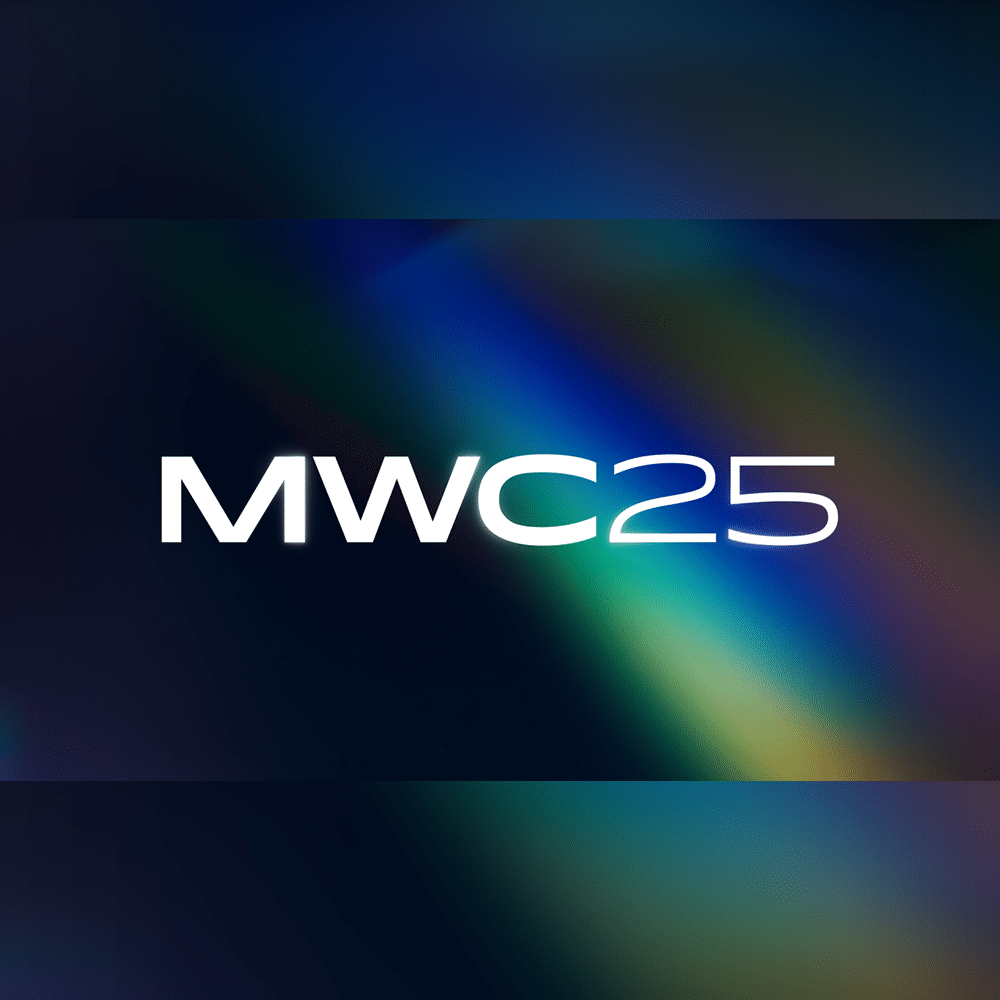
The annual Mobile World Congress (MWC) 2025 in Barcelona drew over 109,000 attendees, marking another significant gathering for the telecoms industry. Unlike previous years, the event lacked a specific theme, but artificial intelligence (AI) emerged as the dominant topic, permeating nearly every exhibit and discussion. AI’s influence on telecommunications was a focal point, with carriers like Japan’s KDDI Corporation showcasing innovative applications such as digital twins for network testing and failure analysis. KDDI’s executive officer, Toru Maruta, highlighted the company’s strategic shift, reallocating 30% of its workforce to focus on data centers and AI. Similarly, T-Mobile’s Karri Kouppamaki emphasized AI’s role in optimizing networks and enhancing customer experiences. However, while the hype around AI was palpable, the industry’s focus remained on building robust networks to support future AI demands rather than speculative or futuristic use cases.
Geopolitical tensions and Europe’s lag in the global telecoms race also sparked heated discussions. Deutsche Telekom CEO Tim Höttges controversially suggested that Europe needs its own version of the US Department of Government Efficiency (DOGE) to cut bureaucratic red tape and foster innovation. Höttges and other industry leaders, including Telefónica’s Marc Murtra, called for greater consolidation in Europe’s fragmented telecom market, advocating for a unified European single market to compete more effectively with regions like the US and Asia.
Data centers took center stage at MWC 2025, reflecting their growing importance in supporting AI and other advanced technologies. Ciena’s Jürgen Hatheier pointed out the global shortage of data centers capable of meeting AI demands, particularly in Europe. Nokia, under its new CEO Justin Hotard, reinforced its commitment to data center growth, leveraging its recent $2.3 billion acquisition of Infinera to expand its capabilities in data center switching and optical interconnectivity. Orange also announced plans to scale its data center strategy, with Totem CEO Nicolas Roy leading the charge to open its data center assets to third-party customers. SK Telecom further underscored the trend, unveiling several data center partnerships aimed at bolstering its AI offerings.
Open RAN, a long-standing topic at MWC, continued to generate discussion despite slow progress. While AT&T reported advancements in its Open RAN deployment, supported by a $14 billion deal with Ericsson, challenges remain. Dell’Oro Group noted a 30% decline in Open RAN revenue in 2024, highlighting the technology’s struggle to gain traction. Ericsson’s Gillian Leetch acknowledged the industry’s cautious approach to collaboration but expressed optimism about Open RAN’s evolution. Mavenir’s Rick Mostaert defended the technology, asserting that its foundations remain strong despite skepticism. Samsung, meanwhile, positioned itself as a serious contender in the Open RAN space, citing partnerships with major operators like KDDI and Verizon as evidence of its growing influence.
In contrast to previous years, 5G took a backseat at MWC 2025. While still a topic of discussion, the reduced emphasis reflected the challenges faced by operators, particularly in Europe, where 5G Standalone (SA) deployments lag significantly behind China, India, and the US. According to Ookla, only 2% of Europe’s population has access to 5G SA networks, compared to 80% in China. Industry analyst Luke Kehoe attributed this gap to a lack of policy support in Europe, which has focused primarily on non-standalone (NSA) architectures.
In summary, MWC 2025 highlighted the telecom industry’s pivot toward AI and data centers, while also addressing longstanding issues like Open RAN adoption and Europe’s competitive challenges. As the industry continues to evolve, the focus remains on building the infrastructure necessary to support emerging technologies and close the gap with more advanced markets.



